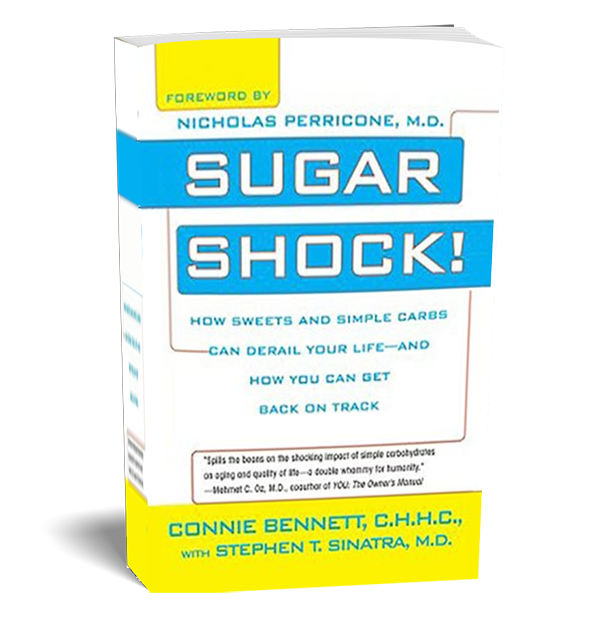Dr. Mehmet Oz Interview with Dr. Sinatra and Me
Join the conversation. What is your biggest A-ah from our interview with Dr. Oz? Post your comment now.
Dr. Oz artworks-000053231724-1txq1z-t200x200I just found this Oprah & Friends Radio Interview from a few years ago, when Dr. Mehmet Oz, along with Dr. Michael Roizen, interviewed Dr. Stephen Sinatra and me about our then-new book, Sugar Shock: How Sweets and Carbs Can Derail Your Life–And How You Can Get Back on Track.
Sugar Shock was my first book, which delves into the dangers of sugar and refined carbohydrates.
In this interview, you can listen to me share:
How sugar addiction is pervasive in this country.
How everyone is affected differently by sugar.
How sugar consumption can dampen your sex drive.
The truth about agave and brown rice syrup.
And more…
In the interview. Dr. Sinatra:
Offers the truth about statins.
Shares the scoop about salt.
Discusses coconut oil.
And more…
New to this Sugar Shock Blog?
Bestseller Beyond Sugar Shock BSBlog founder Connie Bennett is a bestselling author of Beyond Sugar Shock and Sugar Shock, which been praised by such acclaimed health gurus and celebrities as “America’s Favorite Doctor,” Dr. Mehmet Oz; as well as “Tthe Father of Motivation” Dr. Wayne Dyer, Dr. Christiane Northrup, Dr. Daniel Amen, Brian Tracy, Bernie Siegel, Marci Shimoff, John Assaraf, JJ Virgin, and Jimmy Moore. Connie’s sour-to-sweet story kicked into gear in 1998, when after reluctantlyly quitting sugar on doctor’s orders, all 44 of her baffling ailments vanished, including brain fog, heart palpitations, mood swings.
Now, 15 years later, the compassionate, self-mocking Connie is acclaimed as The Sweet Freedom Coach, and she has helped thousands of sugar and carb addicts worldwide discover that Life is Sweeter When Sugar Doesn’t Seduce You™. Connie is also an in-demand motivational speaker, a popular blogger (Sugar Shock Blog), a widely published journalist, a certified life coach, certified health coach, and tapping practitioner (now completing EFT training). Subscribe to this Sugar Shock Blog and like Connie on Facebook..
Join the conversation. What is your biggest A-ah from our interview with Dr. Oz? Post your comment now.

